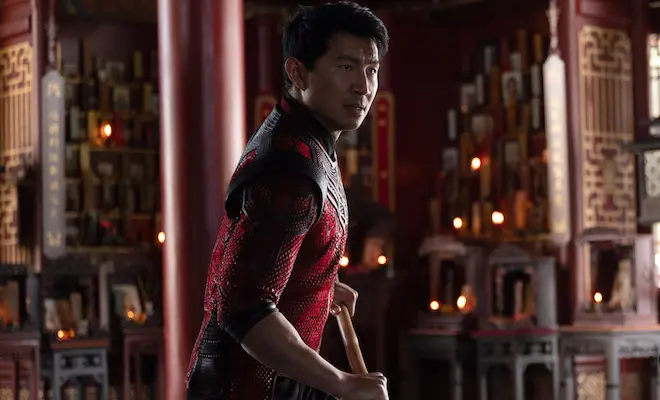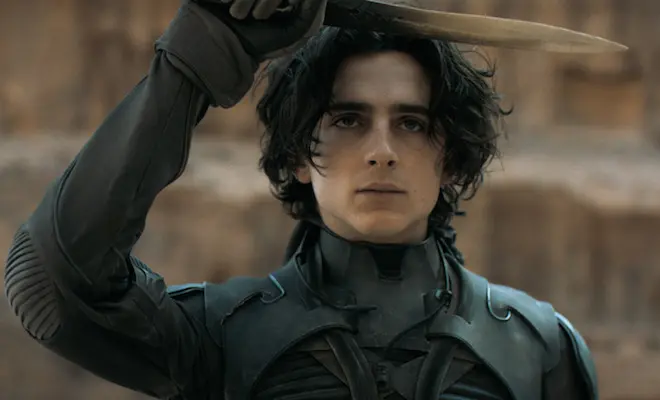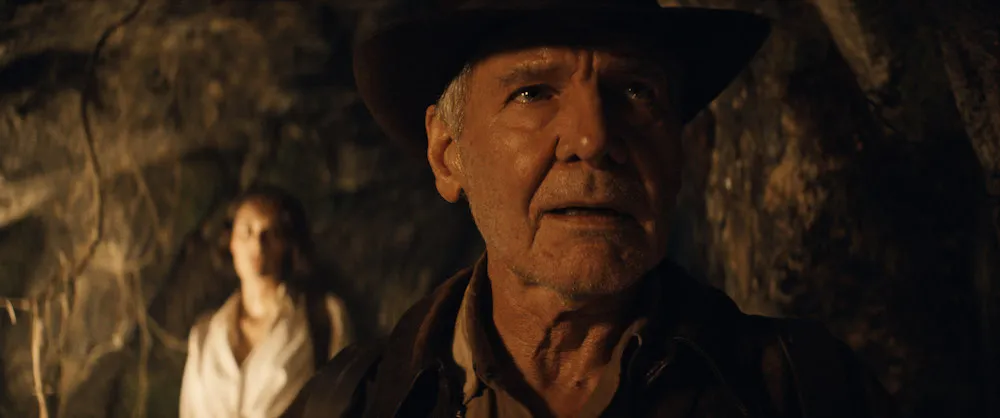 If I describe SyFy’s new four hour miniseries ‘Alice’ as a modern-day reimagining of Lewis Carroll’s classic stories I am probably doing it a disservice. Yet I cannot think of a more appropriate way to describe it.
If I describe SyFy’s new four hour miniseries ‘Alice’ as a modern-day reimagining of Lewis Carroll’s classic stories I am probably doing it a disservice. Yet I cannot think of a more appropriate way to describe it.
This new miniseries, written and directed by Nick Willing (Tin Man), takes almost all of the elements from ‘Alice in Wonderland’ and ‘Through the Looking-Glass’ but alters their context to create something new. Wonderland, we are told, has changed considerably since the events of those novels unfolded, evolving into a city of crumbling, twisting towers and buildings constructed out of cards and chess pieces.
Twenty-something karate instructor, Alice Hamilton (Caterina Scorsone) finds herself in this bizarre, twisted world when she gives chase to a man involved in the kidnap of her boyfriend, Jack Chase (Philip Winchester, Crusoe). Trying to find him and make her way back to her own world, she is drawn into the wider struggle going on between the Red Queen and her oppressed subjects, not always knowing who to trust. Frequently not all is as it seems.
The story moves at a relatively fast pace and Willing manages to pack quite a few twists and turns its four-hour running time. Occasionally there is a little too much exposition, particularly near the beginning, but the world Willing creates (or ‘reinvents’) is interesting enough to make these scenes worth enduring.
Less forgivable though is the piece’s descent into a series of action sequences towards the end as characters are reduced to running around and shooting at each other. It feels too generic a closing for a miniseries that otherwise channels unconventionality.
Caterina Scorsone makes for a fine Alice, portraying her character as independent and strong-willed. Although she does not know all of the rules of this world and receives help from the Hatter (Andrew Lee Potts, Primeval), she makes her own decisions and is able to use her martial arts prowess to fight the forces pursuing her.
Those who follow Primeval will know how intrinsically likeable Potts is as an actor and he is fine as the Hatter, although some will be disappointed that his take proves much less mad than Carroll’s original. Consider him more an occasionally unpredictable Hatter. He does however share good chemistry with Scorsone and handles the character’s changes of motivation well.
Most eyes are likely to be on Kathy Bates (Misery) who appears as Alice’s adversary, the ruthless Queen of Hearts. Having played off-kilter, larger-than-life characters before, Bates makes sense in the role although her performance would not rank amongst her most memorable. She handles the material well but never gets the standout, dramatic moment the character needs to grab the imagination. I did appreciate however that she presents us with a more dimensional, human portrayal of the Queen of Hearts than we have seen in some other productions.
Stealing the show is the White Knight, delightfully played by Matt Frewer (Watchmen) who is something of a cross between Don Quixote and Wallace from ‘Wallace and Gromit.’ A lone survivor from a war many years ago, he lives on his own surrounded by his fallen comrades and elaborate inventions, seeking to prove his valor in battle.
Making his first appearance close to the end of the first episode, Frewer injects a considerable amount of energy into the part giving the miniseries a real boost. Not only does he do an excellent job with the more humorous material, he also handles some of the more emotional scenes towards the end of the piece well.
Trumping the performances is the production design which is both stylish and whimsical. For instance, the costumes for the ‘suits’ demonstrate a wonderful attention to detail with the numbers on the lapel and use of the card symbols throughout their clothing, while the ‘office’ of Doctors Dee and Dum is a wonderful, hypnotic swirl of vivid colors.
The design is the most memorable takeaway about this version with the traditional Wonderland quaintness swapped for grimy high-rises, clinical lighting and electronic ticker boards. It reminds us that the Queen is not merely powerful because of her title; she also controls Wonderland’s economy and has created a police state. It also reminds us of our own culture and invites us to draw comparisons between our world and Wonderland.
In doing so the material benefits, seeming more relevant, yet it also loses a little of the magic that Carroll’s original possesses. Little captivates or delights the imagination because the elements are much more familiar. Nor are there the logical puzzles, elements of wordplay or sheer silliness that make the novels so memorable.
Overall, there is much I admire about ‘Alice’ and for the most part I had a good time with it. It succeeds entirely on a visual level, for the most part in terms of character but, White Knight aside, is more often interesting than compelling or fun.
– Aidan Brack


